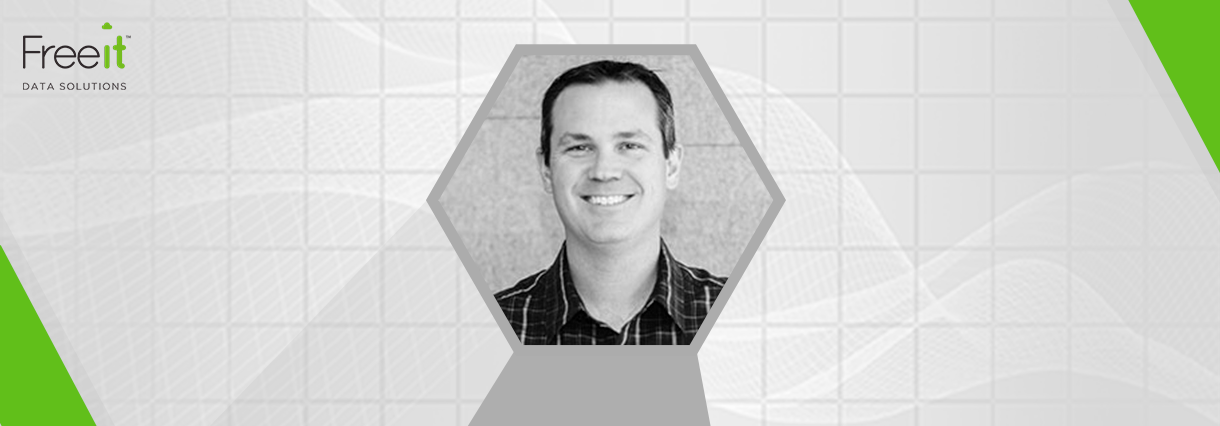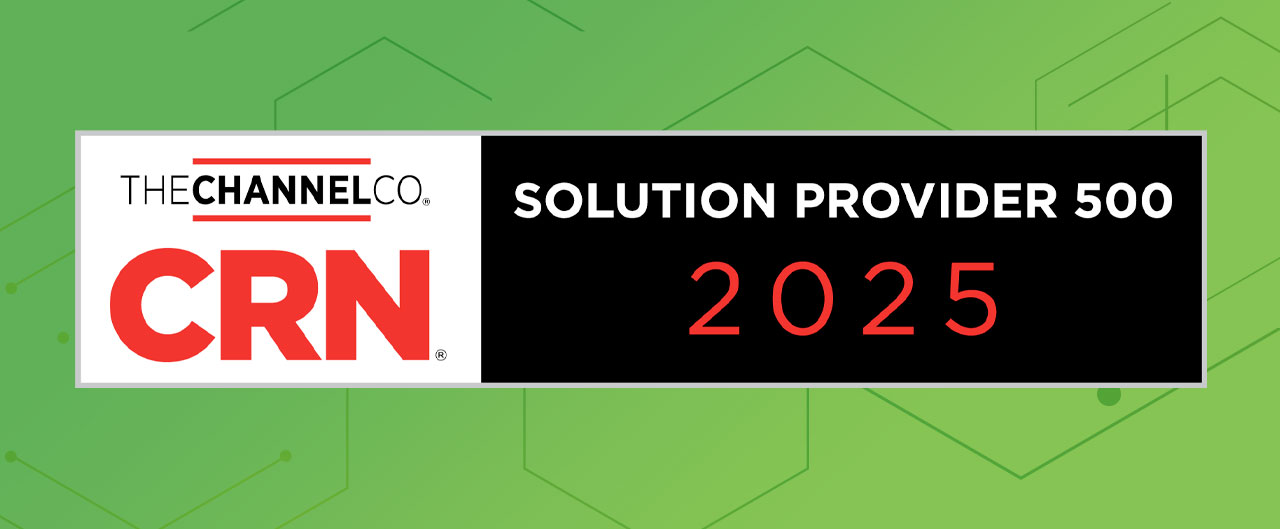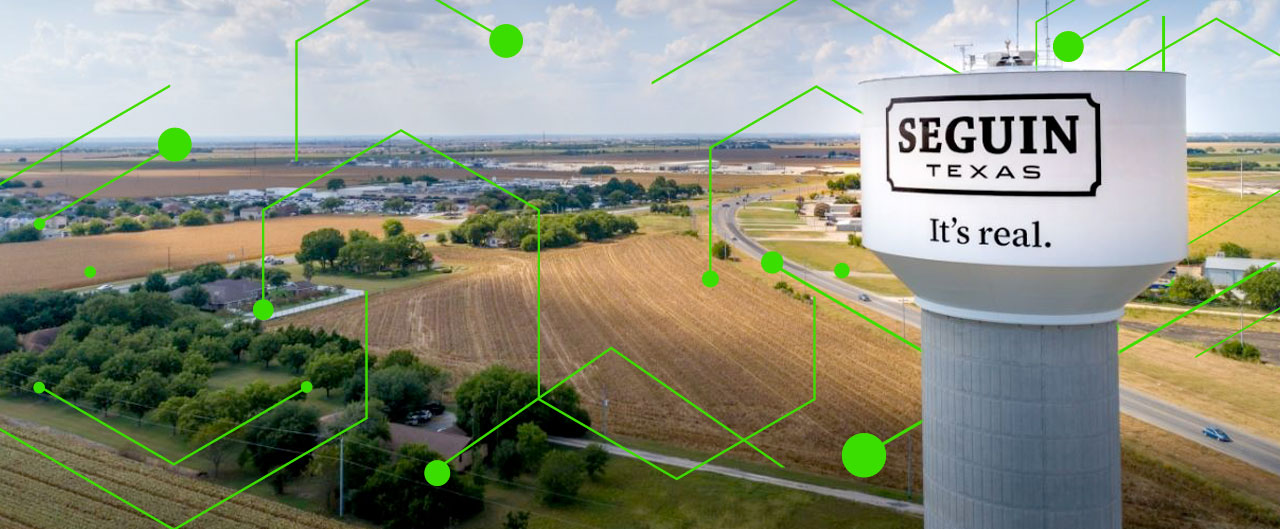Prior to joining Freeit 4 years ago, Brian Jones was a Senior Storage Engineer and Storage Architect for 15 years. He worked with very large organizations including Oracle and Electronic Arts on enterprise storage virtualization and automation projects. Brian managed data storage solutions including backup systems and disaster recovery protocols.
Brian works with Freeit clients to identify and solve data challenges with storage, cloud, security, virtualization, and automation solutions. His unique ability to bridge the gap from existing architecture to ideal future state adds value for every project. We sat down with Brian to get his perspective on the data and security challenges that organizations face today.
Question: What are some of the biggest changes you have seen in the data and security landscape in the past few years?
Brian: As you can imagine, a lot has changed in the past few years. Things like Bring Your Own Device (BYOD) policies, data theft, ransomware and privacy have become everyday concerns. Not to mention “the cloud” and the extreme proliferation of data!
Whether intentional or not, insider attacks are becoming more common. They can happen when an employee inadvertently introduces malware into the system via a phishing attack, or a system is compromised through one of the many new endpoints that BYOD policies create. The ways for security to be breached are multiplying, and the prevalence of remote work is increasing attention to internal and external security factors.
An analogy that I heard from someone recently is that IT Security used to be like a Cadbury Egg – with a hard external shell (like a firewall) and a gooey, fluid center. Today, security must be more like a Jawbreaker. Layer upon layer of hardened defenses.
This concept of “defense in depth” is becoming much more common. However, many small IT teams struggle to implement the processes and tools that make this type of security a manageable reality.
Question: Does every company need a cloud strategy?
Brian: Good News! Data management and the cloud don’t have to be scary. As things get simpler with storage, virtualization, and hyperconvergence systems and tools, the data and security silos are breaking down. Visibility and accountability are improving, risk awareness is increasing, and data protection is becoming a priority throughout organizations.
Something that I’ve been discussing a lot lately is that for many organizations, a hybrid approach to cloud is extremely practical. Full-scale transitions to cloud may be appropriate for some companies, but it makes sense to work through an architecture and capabilities evaluation before rebuilding off-prem. In many cases, there is legacy data that would be difficult to move and unnecessary for new platforms.
Scalability enabled by technology is more accessible than ever.
Question: What are some of the organizational data and security challenges you are seeing?
Brian: Many companies have very flat networks without segmentation processes in place. A Privileged Access Management (PAM) plan and documented logic for access levels and network segmentation can have a major impact on improving your organization’s security posture.
If your organization has different departments managing IT and Security, you will be much more successful and have a bigger impact if you can coordinate with and get the IT team to buy in on the Security side. When these two functions act in silos, appropriate security measures become much more difficult to enact in a holistic way. In the past, most security people were seen as out-of-touch tyrants, imposing unnecessary restrictions and impeding functionality. Today, it is easier to achieve a better balance between usability and security.
Question: Can you give us an example of a recent project that exceeded expectations?
Brian: Freeit partnered with one of our vendors, Nutanix, to address Austin Energy’s aging technology infrastructure. After identifying the challenges of end of life technology solutions, capacity and resiliency limitations, it was clear that a hyperconverged solution could be used to address these issues. Not only was the implemented solution scalable, but it was more resilient, more dependable, and easier to manage.
I am particularly proud of our efforts with Austin Energy, Nutanix, and others to provide a certified hyperconverged solution for SCADA systems that were previously only certified for bare-metal systems.
Question: What makes Freeit a great partner for your customers?
Brian: Change doesn’t have to be hard. At Freeit, our team builds strong relationships with our customers and partners, so that we can keep up with both changing technology needs and the available solutions. Each of our customers can share their priorities and challenges with our expert team, and we are able to help define requirements and identify options.
Contact the Freeit team about your data and security challenges.





